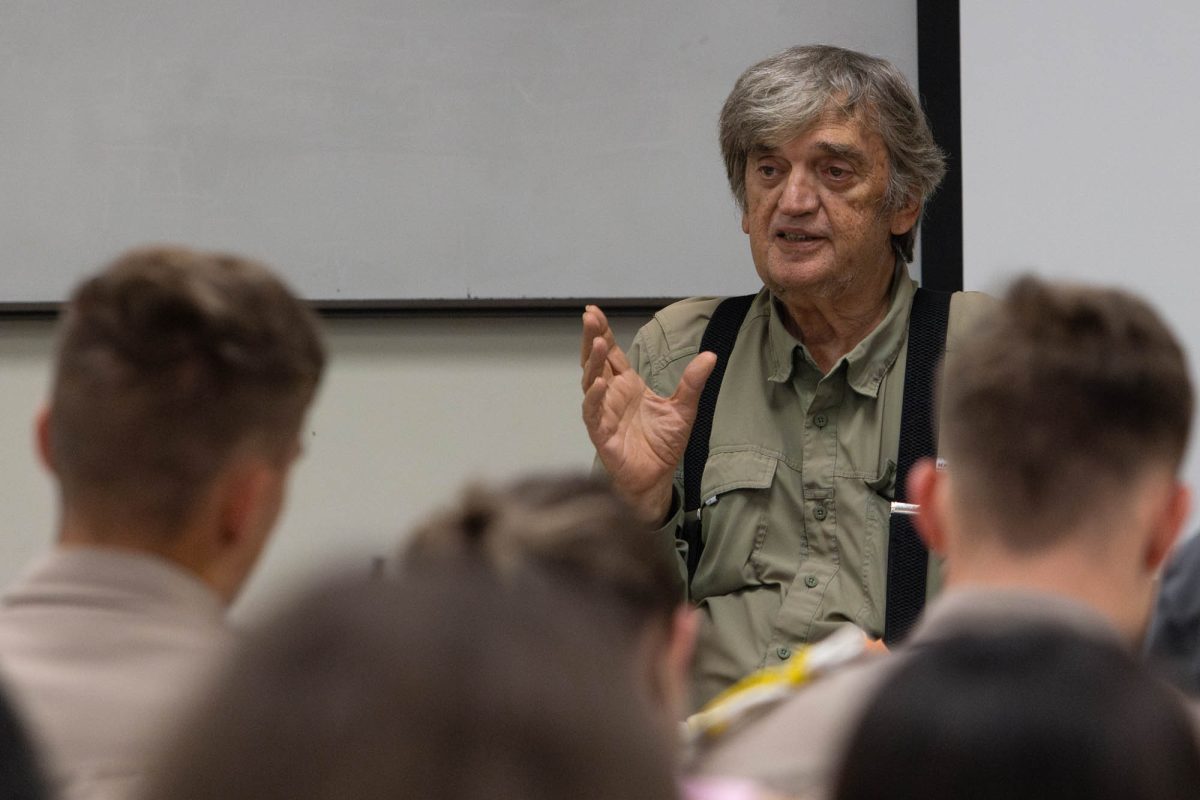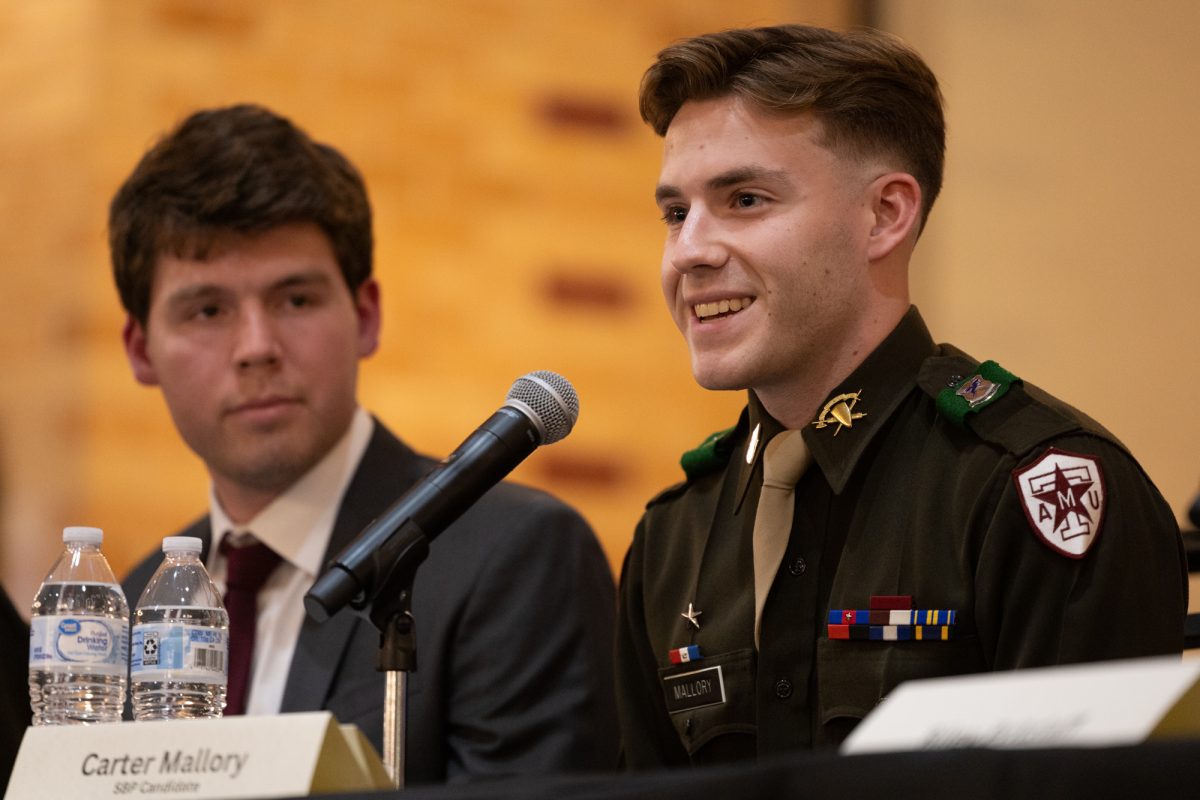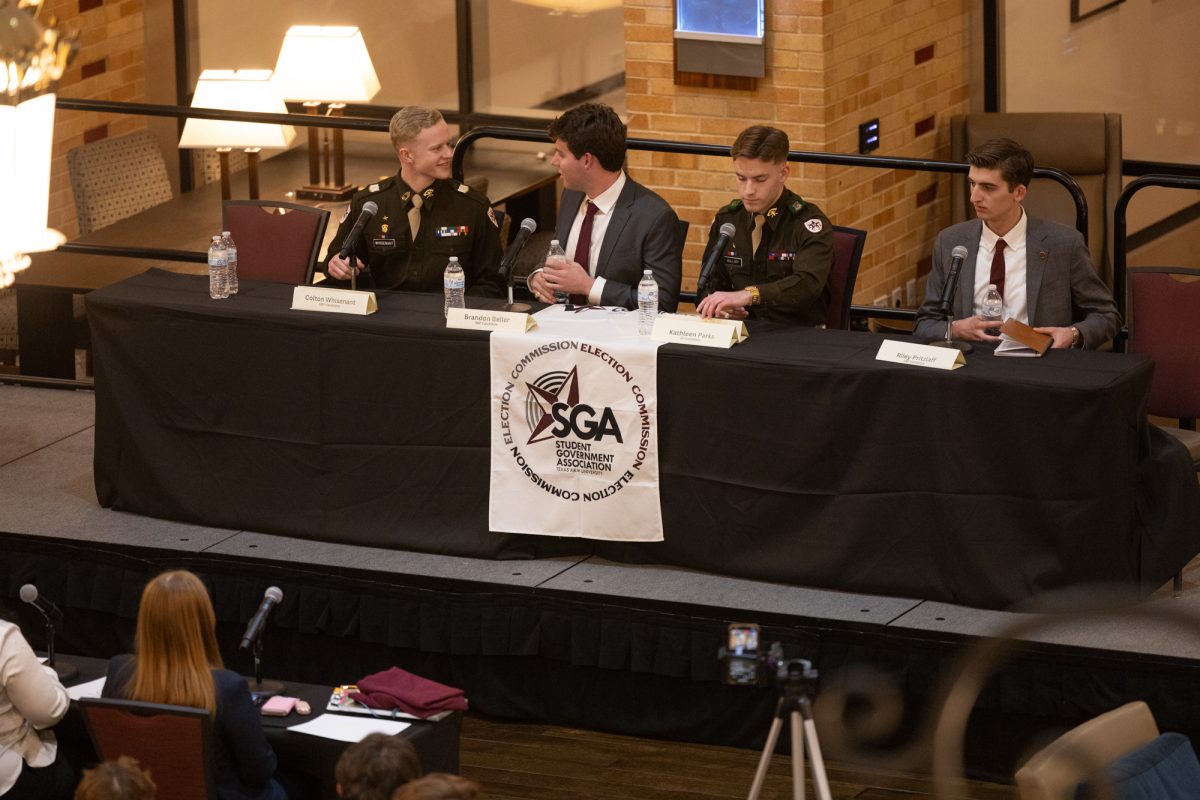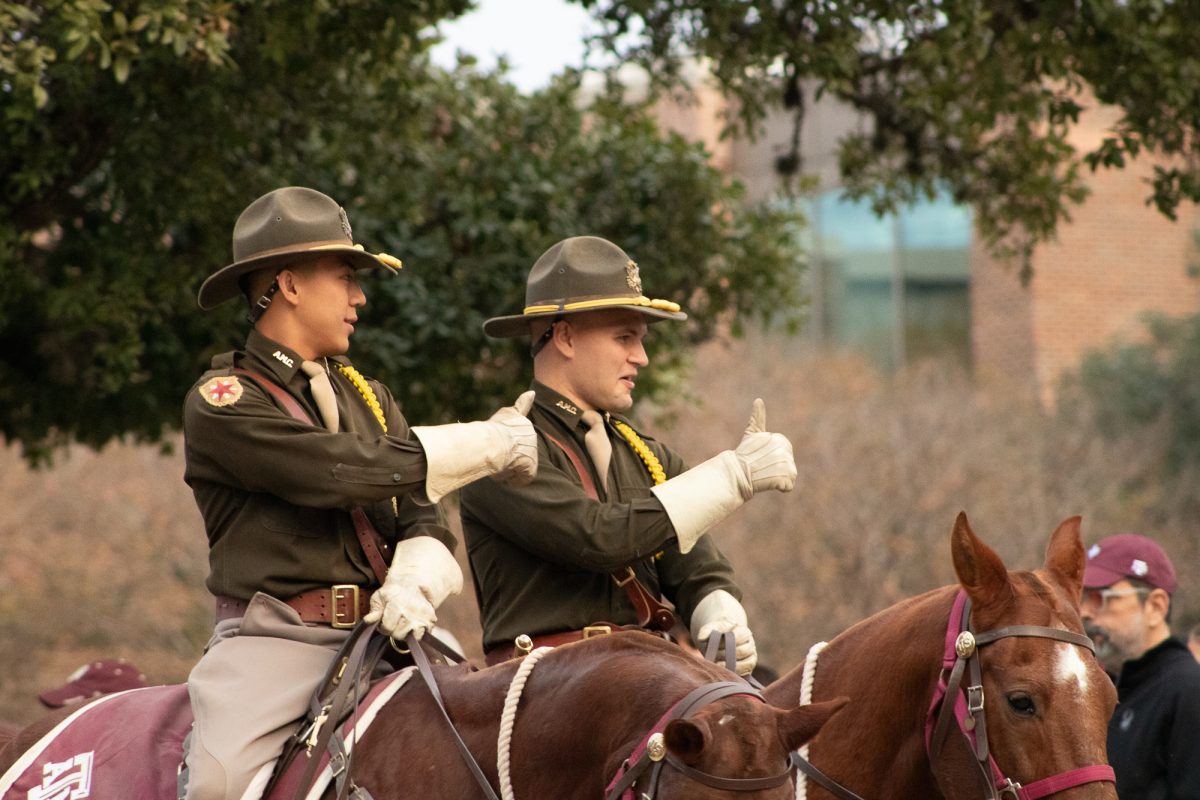It has been 20 years since photos were released of U.S. soldiers committing war crimes and human rights violations against detainees at Abu Ghraib prison in Iraq. According to a Human Rights Watch, or HRW, report last year, tortured Iraqis still have no clear way to ask for compensation or recognition from the U.S. government.
Stjepan Meštrović, professor of sociology at Texas A&M, was an expert witness at the trials of three soldiers who were involved: Lynndie England, Javal Davis and Sabrina Harman.
In April 2004, CNN aired photos of U.S. soldiers abusing Iraqi prisoners at the Abu Ghraib prison during the American occupation of Iraq. Photos included England holding a naked male prisoner on a leash and another of her pointing to a naked prisoner being forced to masturbate. Others show a smiling Harman and another soldier, Charles Graner, posing behind naked Iraqi detainees being forced to form a human pyramid as well as smiling for a photo over the corpse of Manadel-al-Jamadi — an Iraqi national — after he was tortured to death by CIA personnel.
Davis was not in any of the released photos but admitted to abusing prisoners in response to direct instructions by intelligence officers.
HRW researcher Sarah Sanbar specializes in Iraq within the Middle East and North Africa division of the organization. She said Abu Ghraib was a defining moment for many people of that generation and still resonates today.
“I think you would be hard-pressed to find an Iraqi over the age of, I don’t know, 10 or 15 that doesn’t know Abu Ghraib and doesn’t know what happened there,” Sanbar said.
“The line by the Bush administration was that this was the result of a few bad apples,” Meštrović said. “And we took care of it by putting them in court-martial.”
According to Meštrović, seven low-ranking soldiers were court-martialed and the media was not critical of the government’s position that this was just an unusual event.
“The truth is, it was the result of high up in the chain of command,” Meštrović said. “It was an attempt to bypass the Geneva Conventions.”
Meštrović said U.S. media failed its job, only attending for a couple of the nine hours of trial per day, except one journalist — Debbie Stevenson from the Killeen Daily Herald. He said no one cites the Killeen Daily Herald, where Stevenson did full-page synopses and summaries of the trial which brought out the bigger picture.
Meštrović said that the soldiers on trial were “young kids” who “took pictures of everything, their food, palm trees, cats, dogs, bricks, the living conditions.”
“And so they really took the pictures not out of any kind of evil intent, but more like my students now take pictures of what they eat and then they post it,” Meštrović said. “It was more of that kind of mentality. I think that’s an important thing to bring out. And it came out in the trials, came out in my testimony, but wasn’t reported widely. So I think the public just simply doesn’t have the big picture.”
Meštrović said psychologists who evaluated the soldiers were also expert witnesses at the trial.
“Not one of them was a sadist or a narcissist or a borderline personality disorder — not one,” Meštrović said. “What did show up in those tests was PTSD, depression, learned helplessness.”
Meštrović said he was involved in about 12 similar trials in total, many of which were murders committed by soldiers.
“These were like, again, 18- to 20-year-olds who were given unlawful orders,” Meštrović said. “And nobody bothered to go after the colonel who gave the unlawful order.”
Meštrović alleged there was an order given to kill every military-age Iraqi on sight, saying the army put the low-ranking soldiers in prison and kept secret the actual order given by the commanding officer, a colonel, even though everyone testified they heard that order given.
“I don’t think most people even know that there were indeed civilian contractors at Abu Ghraib,” Meštrović said. “Or that there was FBI and CIA. Or that, I don’t want to mention the group, but an OGA, other government agency, that literally beat an Iraqi general to death with fists. That was never put on trial. … It’s almost scary to go into this detail, but to deflect that incident I just told you about, they put the Navy SEALs who delivered the Iraqi general to Abu Ghraib on trial. … Those guys were found not guilty but the ones who did do it — never put on trial, no one talks about it, no one knows who they were. Except they know.”
Sanbar discussed systemic issues that faced survivors seeking recognition or compensation.
“We haven’t really been able to get any sort of justice for survivors through U.S. courts against the military personnel that abused them because they benefit from immunity as a result of this 1946 law that gives the government immunity for any actions arising out of the conduct of its forces engaged in combat,” Sanbar said.
Last year, HRW published a report entitled “Iraq: Torture Survivors Await US Redress, Accountability.” The Department of Defense, or DoD, did not reply to a right-of-reply letter before publication of the report but did agree to meet after it was published.
Sanbar said she had meetings with the Pentagon, State Department and Congress trying to discuss this issue. Sanbar said although the DoD claimed they took all allegations very seriously, there is no pathway available for survivors to raise a complaint and have their case heard and there was an issue in proving not only their presence at Abu Ghraib but also that they were tortured or abused there.
Sanbar said she asked the Pentagon for access to the detainee records at Abu Ghraib so they could prove people were there in order to bring cases on the detainees’ behalf. However, Sanbar said they were refusing to give them their records.
“They say, ‘You know, the system is old. We can’t find them. We don’t know where they are,’” Sanbar said. “I find it a little hard to believe that the DoD has just misplaced thousands and thousands of records, but that’s kind of where we’re at so we’re trying to explore other avenues now to see how we can move ahead.”
Sanbar interviewed someone who was at Abu Ghraib, who sent her a message after a photo came out in December 2023 of kneeling Palestinian men stripped to their boxers with their hands tied behind their backs, saying ‘The Israelis learned it from the Americans.’ Sanbar said the ex-detainee told her it was triggering for him to see those images because it reminded him of being held in detention centers in 2003 and 2004.
“Seeing it happen again at the hands of a U.S. ally — just he felt so angry and hurt,” Sanbar said.
Meštrović teaches SOCI 446, Sociology of War Crimes, and said many of his students are in the Corps of Cadets.
“I give them practical suggestions for when they’re in the military about the chain of command and what the Geneva Conventions really say, like photographs are forbidden,” Meštrović said. “But they don’t know that. Nobody talks about the Geneva Conventions, for example. And the Army didn’t train its people in that.”
Salon published 279 photos in 2004 and, in 2016, 198 photos were released by the DoD stemming from a freedom of information request by the ACLU relating to the abuse of prisoners by U.S. military personnel in Iraq and Afghanistan. According to the ACLU, these form one part of roughly 2,000 photographs related to prisoner abuse. Meštrović said he had access to 8,000 photos during the trial that he introduced into evidence, saying the media could have released all those photos if they’d wanted to.
“The media then ignored it,” Meštrović said. “They weren’t in the room. They didn’t know they existed because nobody told them.”














